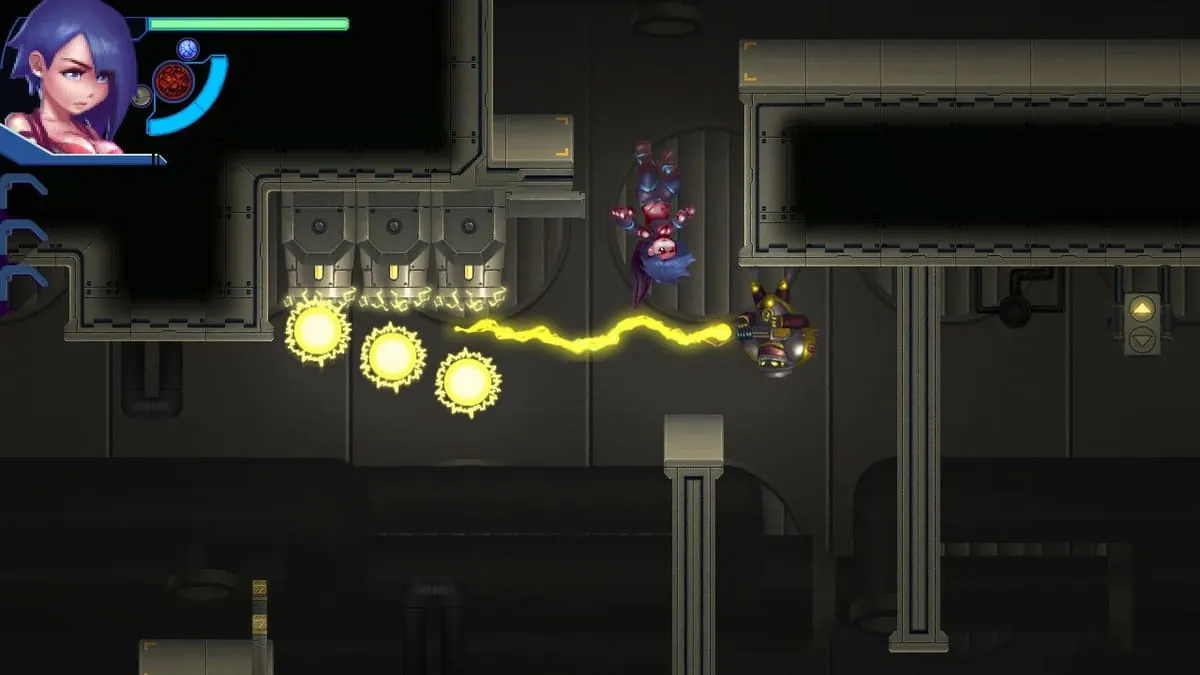
The Theater of Sinners
Play The Theater of Sinners
The Theater of Sinners review
Exploring Features, Gameplay, and Player Experience of The Theater of Sinners
The Theater of Sinners is a unique interactive game that has captured the attention of many players seeking immersive storytelling combined with adult-themed content. This article dives deep into what makes The Theater of Sinners stand out, exploring its gameplay, narrative style, and the overall player experience. Whether you’re curious about the game’s mechanics or want to understand its appeal, this guide will provide a comprehensive overview to help you decide if it’s the right choice for your gaming library.
Understanding The Theater of Sinners: Gameplay and Features
Ever found yourself scrolling through endless game libraries, tired of the same old formulas? 😴 You want something that grabs you, something that makes you feel like you’re not just pushing buttons but actually shaping a world. That’s exactly the feeling I had before I stumbled upon The Theater of Sinners. It’s not just another title on the shelf; it’s a deep, narrative plunge into a world where every decision echoes. If you’re hunting for a truly interactive story game that values your input, you’ve just found your next obsession. 🎭
### What is The Theater of Sinners?
At its heart, The Theater of Sinners is a masterclass in gothic storytelling and player-driven narrative. Imagine a dark, ornate theater where the stage is your life, and every character you meet is both an actor and a potential adversary or ally. This isn’t a game you simply play; it’s a world you inhabit. The style is a breathtaking blend of haunting visuals, a somber, compelling soundtrack, and prose that pulls you into its gloomy embrace.
The core premise revolves around redemption, mystery, and the consequences of one’s past actions. You aren’t just a passive observer; you are the central figure in a unfolding drama. Your task is to navigate a web of intrigue, uncovering secrets and forming (or breaking) bonds with a cast of deeply flawed, fascinating characters. It’s this rich, atmospheric setup that forms the foundation of the incredible The Theater of Sinners gameplay. If you love stories that make you think and feel, this is your jam.
### Core Gameplay Mechanics
So, how do you actually play this thing? 🤔 The beauty of The Theater of Sinners gameplay lies in its elegant simplicity paired with incredible depth. You primarily interact with the world through two key pillars: dialogue selection and environmental exploration.
The dialogue system is where you’ll spend most of your time. Every conversation is a potential crossroads. You’re not just picking from obvious “good” or “evil” responses. The options are nuanced, reflecting persuasion, deception, empathy, or aggression. This system is the engine behind the player choices in The Theater of Sinners. A throwaway comment to a minor character in Act I might come back to help or haunt you in Act III. I remember once casually agreeing to hide a small trinket for a nervous stagehand, only to have it become a pivotal piece of evidence that completely altered my standing with the main antagonist later on. The game remembers everything.
Exploration is equally vital. The theater itself is a character, filled with hidden letters, cryptic symbols, and objects that unveil backstory. Examining these elements doesn’t just give you lore; it often provides crucial context for conversations, unlocking new dialogue paths and solutions to problems. This constant loop of talking and investigating is what creates such a powerful immersive gameplay The Theater of Sinners is known for.
To break it down, here’s a quick look at the primary ways you interact with the game:
| Gameplay Action | Primary Function | Impact on Story |
|---|---|---|
| Dialogue Choices | Shape relationships and gather information | Directly alters character alliances and available story paths |
| Environmental Inspection | Discover clues, lore, and key items | Unlocks new dialogue options and narrative branches |
| Inventory Puzzles | Combine items to solve problems | Provides alternative methods to overcome obstacles |
| Reputation System | Tracks character opinions of you | Influences how characters behave and what quests are available |
### Unique Features and Player Interaction
This is where The Theater of Sinners truly separates itself from the pack. The game features The Theater of Sinners boasts are not just bullet points on a box; they are intricately woven systems that make every playthrough uniquely yours. 🎪
The crown jewel is undoubtedly its branching storyline game architecture. We’re not talking about a few different endings here. The narrative branches in real-time, with entire scenes, character arcs, and locations appearing or disappearing based on your actions. I convinced a friend to play, and we compared notes after the first few hours—we had already experienced completely different events and met different characters! This incredible variability is fueled by the weight of player choices in The Theater of Sinners. There’s no “game over” screen for making a “wrong” choice; there’s only the consequence, and the story adapts and moves forward, making it profoundly replayable.
Another standout is the depth of character interaction The Theater of Sinners offers. These aren’t NPCs who exist just to give you quests. They have their own schedules, secrets, and opinions that change based on your behavior. Building trust with them can open up entirely new side stories and methods of solving main path objectives. Conversely, alienating them can close doors permanently. The immersive gameplay The Theater of Sinners delivers is rooted in this believable, reactive world that treats your presence as a catalyst, not a centerpiece.
Furthermore, the game incorporates a subtle but brilliant “Telltale Heart” mechanic—a personal guilt meter that influences your perception. After making morally questionable decisions, you might occasionally hear whispers or see fleeting shadows, adding a layer of psychological depth to the experience. It’s a small touch, but it brilliantly blurs the line between your character’s conscience and your own as a player.
In essence, the game features The Theater of Sinners implements are all designed with one goal: to make you forget you’re playing a game. You’re making decisions, living with them, and watching a breathtakingly personal story unfold because of them. It’s a powerful reminder of why we play interactive story game titles—to feel, to influence, and to be utterly captivated. If you’re ready for a journey where your voice truly matters, step into the spotlight. The curtain is rising. ✨
The Theater of Sinners offers a compelling blend of narrative depth and interactive gameplay that appeals to players looking for an engaging experience. Its unique features and player-driven storylines create a dynamic environment that keeps players invested. Whether you are new to this genre or a seasoned player, The Theater of Sinners provides an intriguing world to explore. If you’re interested in immersive storytelling combined with interactive elements, this game is certainly worth checking out.





















